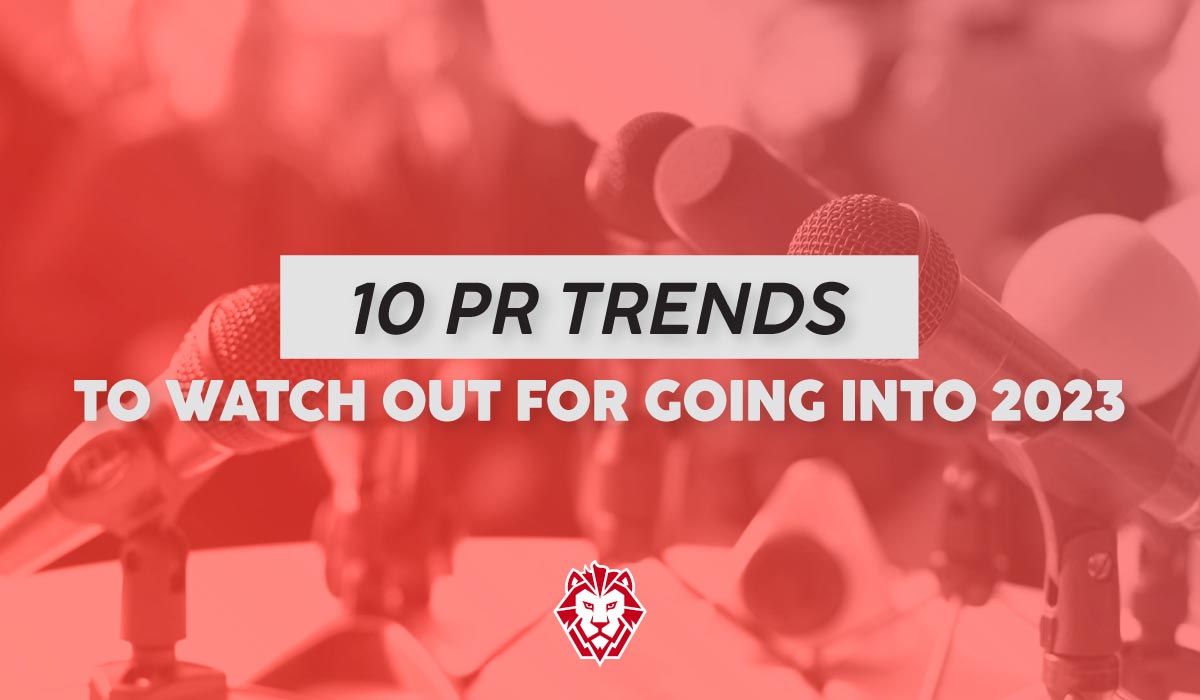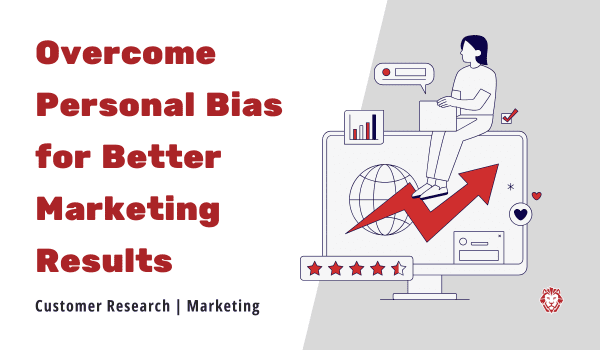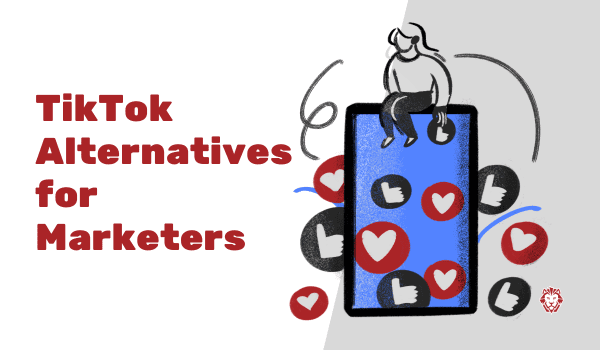
10 PR Trends To Watch Out For Going Into 2023
As we enter 2023, brands and agencies alike will be taking a look at all the various aspects of their marketing efforts throughout 2022. Once you’ve taken stock of all the wins and losses, you might notice that one extremely important aspect of your media strategy was underutilized: public relations.
Now more than ever, PR is playing a bigger role than ever in shaping a brand’s image. When implemented properly, your PR strategy can help amplify your brand’s message while helping you stand out among the crowd. If PR didn’t take a huge role in your media strategy this year, then you would be wise to take advantage of these 10 PR trends as we enter 2023.
1. Media outlets will rely more on contributed articles
The media landscape has changed dramatically since the start of the digital age. The proliferation of online media outlets has given consumers more options than ever before when it comes to choosing where they get their information from, and more people are reading online news than ever before.
But despite the massive popularity of online articles, the number of full-time employees continues to shrink. Publications across various industries, including traditional news outlets, life
style publications, sports coverage, digital entertainment reporters, and more, have been making the difficult decision to furlough full-time writers.
With fewer writers on staff and increasing demand for content, publications will rely more on contributed articles than ever before. Business leaders who are looking for extra exposure or want to position themselves as thought leaders need to be ready to take advantage of this trend and jump on the opportunity to contribute content.
 If you haven’t already, work on building a media list relevant to your target audience, brainstorm topics that discuss the issues they care about, and pitch it to the relevant media contacts.
If you haven’t already, work on building a media list relevant to your target audience, brainstorm topics that discuss the issues they care about, and pitch it to the relevant media contacts.
The media outlet gets content, you get exposure and visibility, and the readers get relevant industry insights.
2. Face-to-face interviews will make a comeback
The Covid-19 pandemic threw PR professionals and media personnel alike a giant curveball. The initial uncertainty about the virus caused PR and media professionals to switch from face-to-face interviews to online video calling services like Zoom.
While many of the pandemic-era changes have already been rolled back, face-to-face interviews have yet to make a full return. As we enter 2023, media professionals and PR representatives alike should expect that in-person interviews to become the standard once again.
3. Social media, especially Twitter, will continue to be one of the speediest ways for subject matter experts to reach the media and should be a priority for C-suite members.
For CEOs and C-suite members, social media strategy needs to become a priority. When media professionals are looking for expert opinions, quotes, or simply want to verify someone’s credibility, Twitter will be one of the first places they go. Business leaders can get ahead by positioning themselves as industry experts through their personal pages.
Talk about your business and industry, engage with other businesses and leaders, and show that you’re an active member of the larger business community and that you have valuable contributions to make.
 Then when you want to contact a media professional either by DMing them or tagging their account, you’ll have a sizable amount of content for them to look through to verify your expertise. If you’re not being proactive in these spaces, it can hurt not only your credibility as a business leader but the credibility of your brand. This is one of the PR trends you really don’t want to ignore.
Then when you want to contact a media professional either by DMing them or tagging their account, you’ll have a sizable amount of content for them to look through to verify your expertise. If you’re not being proactive in these spaces, it can hurt not only your credibility as a business leader but the credibility of your brand. This is one of the PR trends you really don’t want to ignore.
4. Social consciousness will continue to grow in importance for buyers.
Before the Corporate Social Responsibility movement of the 1980s, it was generally held that not taking political stances or advocating particular belief sets was a best practice that businesses needed to follow. Remaining neutral allowed companies to cater to all people without running the risk of offending the sensibilities of one group or another. That has all but changed by 2022.
Consumers care more about socially conscious businesses than ever before. The NYU Stern School of Business revealed in a 2021 research report that products marketed as environmentally friendly saw their sales grow 5.6x faster than conventionally marketed products. Social consciousness has spread across industries and has expanded beyond widely agreed-upon issues like environmental friendliness and sustainable sourcing.
Consumers have also begun to care more about the political stances of the companies they buy from. The wide split in political affiliation has led to the creation of brands whose whole identity gets tied to a specific party—whether it was their intention or not. As American society as a whole becomes more polarized socially and politically, you can expect that social consciousness will continue to become more important to consumers, but wise business leaders should note that the stance consumers take on various social issues will not be uniform. Wielding these issues in your marketing can be a double-edged sword.
 5. Partnerships with influencers are on the rise in the PR Industry
5. Partnerships with influencers are on the rise in the PR Industry
Influencer partnerships can be used for far more than just tapping into an individual’s audience to try and sell your product. When your company is facing a PR crisis, influencers can be extremely helpful in taking control of the situation.
Coca-Cola provides a great example of how influencers can be used to curb the negative effects of a PR crisis. After being snubbed by the internationally loved football star Christiano Ronaldo, Coca-Cola immediately went to work partnering with sports stars, gamers, and other influencers to draw attention away from the PR nightmare that cost the company $4 billion in market value.
Mind you, influencers may not be helpful in every PR situation. Depending on the gravity of the crisis, it’s possible that the influencers you normally rely on to promote your brand can wind up damaging your public perception. The very recent Balenciaga scandal quickly comes to mind. On November 27th, Kim Kardashian—Balenciaga’s most popular influencer—stated that the scandal was making her reconsider her partnership with the brand. This announcement came after Kim stated that she had spoken with Balenciaga representatives and believed they understood the gravity of the situation and would take steps to rectify the situation.
This could be one of the most important PR trends brands can take advantage of, and business leaders need to be thinking about how they can implement influencers into their PR strategy. A well-thought-out influencer PR campaign can easily help move the conversation away from a crisis topic and reinforce the public’s positive perception of your company.
6. Successful PR will have to be part of a larger marketing ecosystem
If a PR placement occurs, it has to be amplified through all the other channels. There has to be a connected strategy; otherwise, the different pieces of the puzzle don’t fit together.
PR and marketing have been kept in separate silos for years. While PR pros are busy trying to get a brand’s message in front of various media personalities and audiences, marketing teams are typically working on their own strategy. Although the goal of the two departments is the same, there is seldom any overlap at the strategic level. This is something that businesses need to correct going into 2023.
Businesses need to start allowing their PR strategy to inform their marketing strategy. If the two are working together, you can ensure that you’re amplifying your PR placements to maximize their ROI, and you also ensure that the message your company is trying to convey is consistent across the board.
One benefit of this connected approach is that the content basically makes itself. The Iron Neck provides a great example of how this can work. The fitness equipment brand has received free PR from the Joe Rogan podcast several times over the past six years. So they decided to make a supercut of all the times Rogan talked about their product on his show, and they made an ad out of it. Considering how large Joe’s influence is in the fitness and fighting industries, not taking advantage of this free placement would have been a huge blunder. However, the marketing team and PR were in sync and it resulted in a great campaign.
7. Remote work is now the standard for PR and is changing media professionals’ schedules
Over the course of the pandemic, remote work became standard for white-collar workers across all industries. And while some industries are slowly making their way back into the office, remote work has become the standard for PR and it is unlikely that PR pros will be switching back.
 We’re seeing a surge in the number of PR workers and media professionals who are working remotely, and this has drastically changed their schedules. While you used to be able to count on media being available during the typical 9 to 5 workday, that is no longer the case. These individuals create their own schedules based on their own lifestyle habits, productive hours, and living situations. While it might not seem like one of the most significant PR trends on the list, it will forcefully change how brands interact with their media contacts.
We’re seeing a surge in the number of PR workers and media professionals who are working remotely, and this has drastically changed their schedules. While you used to be able to count on media being available during the typical 9 to 5 workday, that is no longer the case. These individuals create their own schedules based on their own lifestyle habits, productive hours, and living situations. While it might not seem like one of the most significant PR trends on the list, it will forcefully change how brands interact with their media contacts.
PR leaders will need to focus on building relationships with their media contacts and ensuring that they know the hours these individuals prefer to be contacted.
8. Readers want authenticity more than ever, especially as fake news has increased
Fake news was once a term lambasted by the media due to its affiliation with former President Donald Trump and his ravenous campaigns against mainstream news. But now the term is resonating with a wider audience than Trump’s base as people have become increasingly skeptical of everything they hear and see on the news and social media.
Now more than ever, audiences are picking up on insincerity and inauthenticity in the messages they get from brands. Once again, the Balenciaga scandal is a great example of how inauthentic messaging can really damage public perception of your brand. After the fashion company was called out for the inappropriate photos used in an ad campaign, the company made things even worse by passing the blame off on the photographer and ad agency. Unconvinced, consumers quickly lashed out at the poor crisis management stunt.
People aren’t looking for corpo-speak talking points that try to pass blame. They want authentic responses that give them the real story. Brands need to ensure that the messaging they’re putting out comes off as authentic. Even if the truth doesn’t paint a brand in the best light, lying or being disingenuous will be more harmful to your brand in the long run.
 9. Owned media will become more critical for brands to build their digital presence and visibility and PR needs to be leading the messaging
9. Owned media will become more critical for brands to build their digital presence and visibility and PR needs to be leading the messaging
Brands that aren’t expanding their owned media efforts are falling behind. Owned media is one of the few ways that brands can actually establish a voice within the market. Instead of allowing your brand’s narrative to be driven by 3rd parties, you’ll be enabling your business to remain in control.
It’s also important to note that your PR team needs to play a leading role in crafting the direction of the content being published on your owned media channels. If your marketing team isn’t working alongside PR to create a cohesive brand narrative, then you’ll wind up wasting the potential of good PR.
Remember. Your PR team is there to make you famous, and you need your entire audience to hear the talking points they’re creating.
10. The arrival of Web 3.0 will lead to more direct interactions between publicists, brands, and consumers
Web 3.0 has been a hot topic for the last few years, and with all the buzz, it’s easy to understand why consumers and digital marketers alike might be confused about what the newest iteration of the internet actually is. One of the biggest premises of the Web 3.0 future is the focus on privacy. Assuming this version of the internet is eventually adopted, many of the tried and true methods of data collection will become outdated as consumers put a higher price on their personal information. We’ve already seen the start of this transition with the planned removal of cookies.
In order for companies to compete in the new privacy-centric landscape, they’ll need to provide value-laden interactions and experiences that are compelling enough to convince consumers to opt in and give up their information. This could create a greater emphasis on formats we already utilize—like email marketing—or it could include experimental formats like the “Metaverse.” Either way, direct communication with consumers will be crucial for businesses once we fully enter Web 3.0.
Final Thoughts
The PR industry is changing. Not only is it going to play a much larger role in brands’ overall media strategies, but the industry itself is changing in some fundamental ways. Some of these changes, like remote work and shifting schedules, are going to be easy to adapt to. While changes like the hypothetical Web 3.0 and a shrinking media industry could have effects that are difficult to predict and prepare for.
As you go into 2023, make sure you are keeping a close eye on the trends we’ve listed here. A proactive brand will have a plan in place to take advantage of the opportunities that these trends may provide. Meanwhile, those who choose to ignore the writing on the wall will be left behind as their competitors gain the upper hand.



